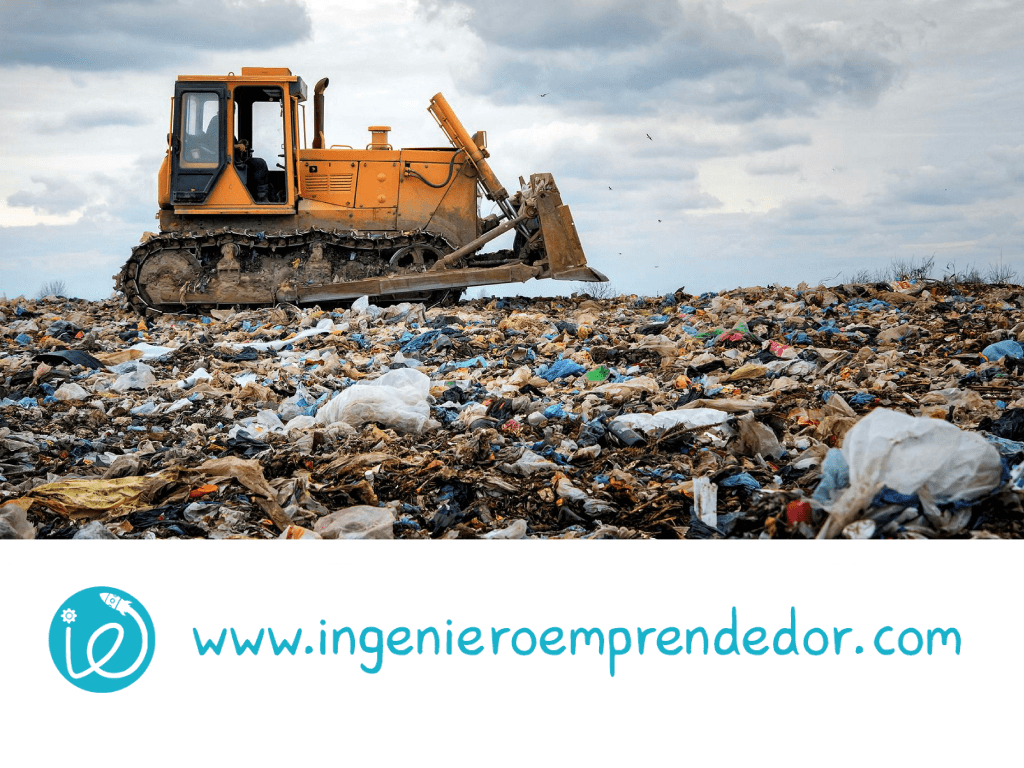Waste to hydrogen and Energy

Let’s talk about waste.
Waste to energy refers to the many ways we turn garbage into useful products.
Waste to energy refers to the many ways we turn garbage into useful products. These products include electricity, heat, fuel and a source of renewable power.
The gasification process breaks down organic materials by heating them in an oxygen-free environment. This creates hydrogen, carbon dioxide and carbon monoxide which can be used directly as fuel or converted into other fuels such as methane (natural gas). The remaining ash can be used for construction material or added back to soil as fertilizer. Waste derived fuel is made from garbage and used to generate electricity through combustion engines. Thermal depolymerization (TDP) is another kind of thermal conversion technology that breaks down organic materials without oxygen at high temperatures without producing any pollutants at all; it’s one of the most promising technologies for turning waste into energy because it allows you to use all kinds of rubbish – even plastics!
Anaerobic digestion – breaking down organic matter without using any oxygen – is another way we’re turning waste into energy as well as reducing our need for landfilling waste! Thermochemical conversion uses steam under pressure instead of air pressure but produces similar results when converting solid wastes into gases like hydrogen or syngas (a combination of carbon monoxide + hydrogen). Plasma gasification is another method which produces clean-burning fuels while leaving behind no toxic ash residue!
Gasification
- Gasification is a method of burning waste that turns it into a gas.
- Waste that can be gasified includes paper, plastic, textile and other organic materials.
- It is done by heating the waste in an oxygen-free environment so it breaks down into its chemical components. These then become gases which can be used to make energy or chemicals. They can also be turned into plastics or other materials.
Thermal depolymerization
- Thermal depolymerization. This process uses heat and pressure to break down biomass into a liquid fuel. It can be done in either a batch or continuous process, depending on the size of the facility and other factors. The bio-oil produced by thermal depolymerization can be used as-is or further processed into renewable diesel or jet fuel.
- Gasification. This method turns biomass into syngas (synthesis gas), which is then converted into electricity and/or stored for use as transportation fuel later on. It’s also worth noting that gasification itself has several different variations: direct, indirect, fluidized bed, fixed bed, multi-stage flash (MSF), etc.—so there are several different ways to perform it if you want more information about how it works!
Plasma gasification
Plasma gasification is a process of converting organic material into synthesis gas, which is a mixture of carbon monoxide and hydrogen. Hydrogen is an abundant chemical and can be found in many organic materials. The most common organic material to convert into hydrogen is plasma, so in order to make the process effective, we need to find ways of producing high levels of plasma gas. There are two main methods of producing plasma gas:
- Mechanical separation (high temperature) — this method uses high temperatures combined with mechanical forces to produce plasma
- Electrolysis (low temperature) — this method uses electricity instead of mechanical force
Anaerobic digestion
Anaerobic digestion is a process that breaks down organic materials into biogas, a mixture of methane and carbon dioxide, and a liquid digestate, which can be used as fertilizer.
The process takes place in an anaerobic digester. Waste to energy refers to the many ways we turn garbage into useful products.
One of the fastest growing waste to energy technologies is plasma gasification and plasma arc waste management.
Thermochemical conversion
Thermochemical conversion is a process that converts organic waste into fuel or electricity. The process usually involves exposing waste materials to high temperatures without oxygen in order to produce a gas. There are two types of thermal depolymerization, wet and dry.
The wet method uses a chemical catalyst (e.g., sodium hydroxide) to break down the garbage into syngas (synthetic gas), which can be used as fuel or converted into liquid fuels such as ethanol or gasoline by fermentation. The dry method uses heat to break down garbage without any chemicals, producing pure carbon monoxide gas that can be used for many industrial purposes, including generating electricity through combustion in a turbine engine (thermal power plant).
Refuse-derived fuel
RDF is a solid fuel produced from waste that can be burned in a conventional power plant to produce electricity. It is made from waste collected from households, businesses and industries. RDF can come from either residential or industrial sources and often includes materials like paper, cardboard, plastics and wood products.
Conclusion
We’ve learned that Waste to Energy is one of the most beneficial ways to dispose of waste. The process of turning organic materials into energy, while you’re reducing your carbon footprint and creating jobs and revenue within the community. This type of recycling is the best way to protect our future and leave the world a much better place than we found it. In addition to being environmentally friendly, WTE plants are also very sophisticated in their design, which means they’re able to produce high-quality electricity that can be used by homes or businesses across America!

























